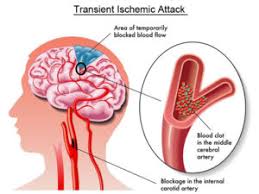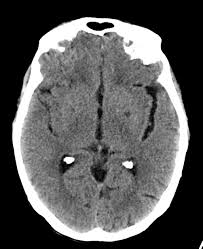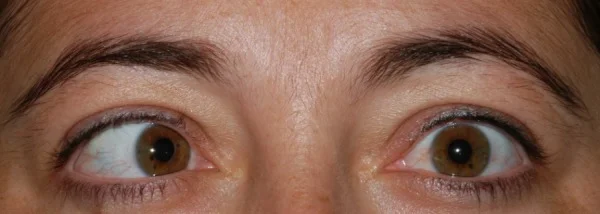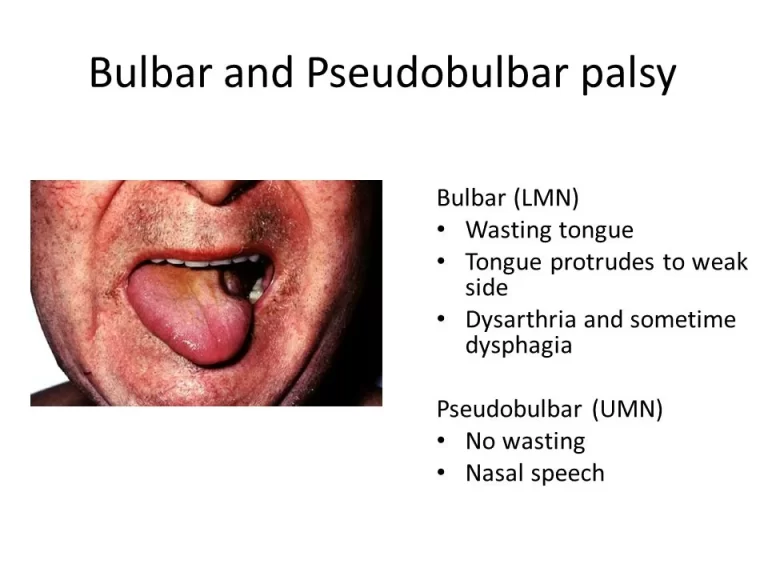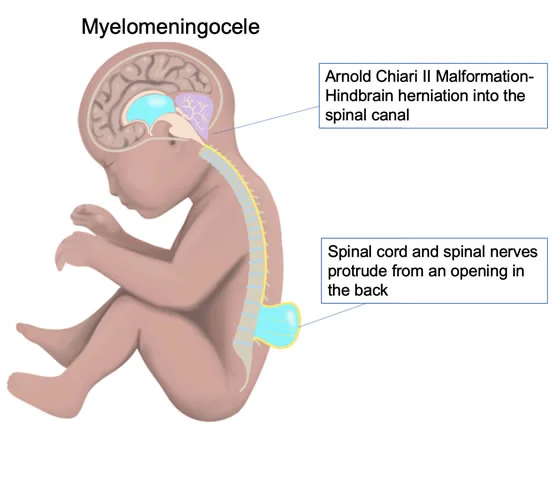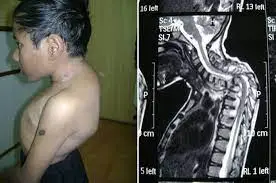Transient Ischaemic Attack (TIA)
What is a Transient Ischaemic attack (TIA)? A transient ischemic attack (TIA) is a temporary neurologic dysfunction due to a temporary blockage in the blood supply to part of the brain. It is also called a ministroke, a TIA may be a warning sign of a future stroke and a chance to prevent it. It…

